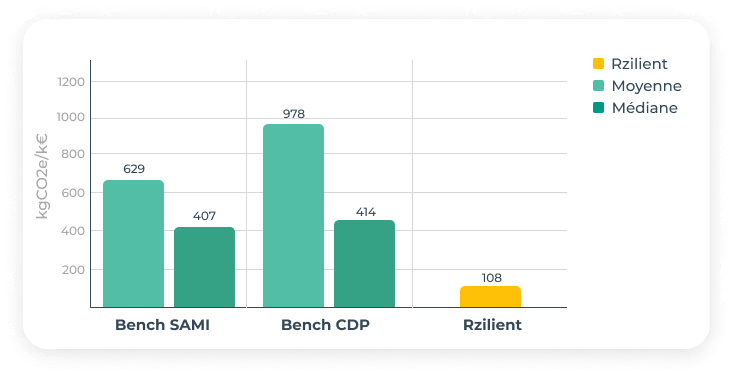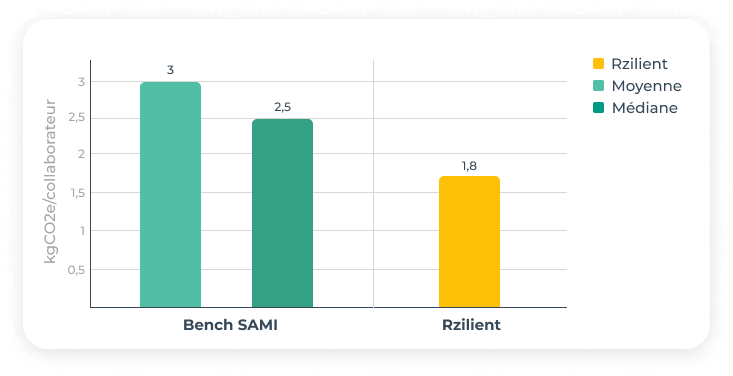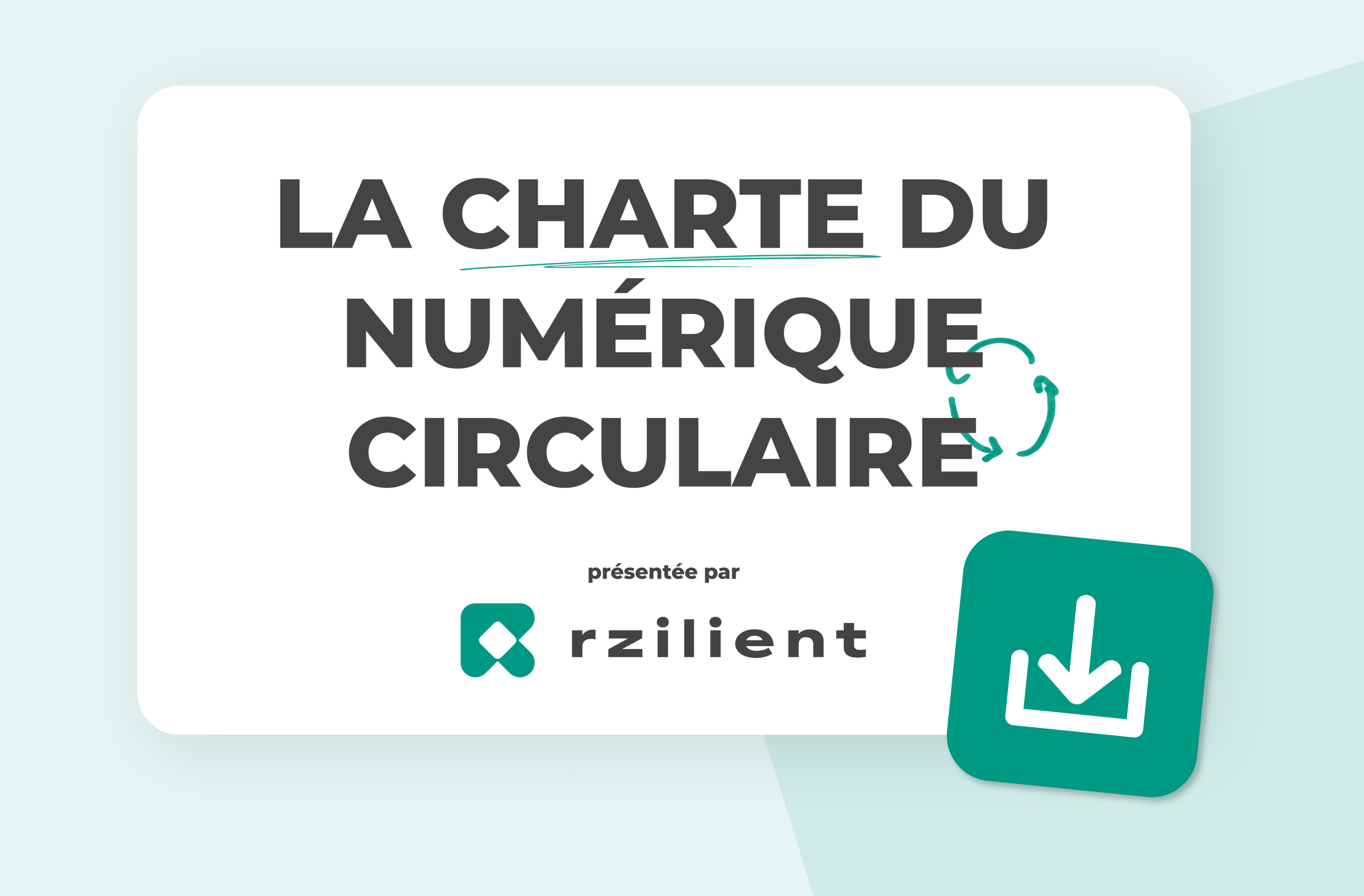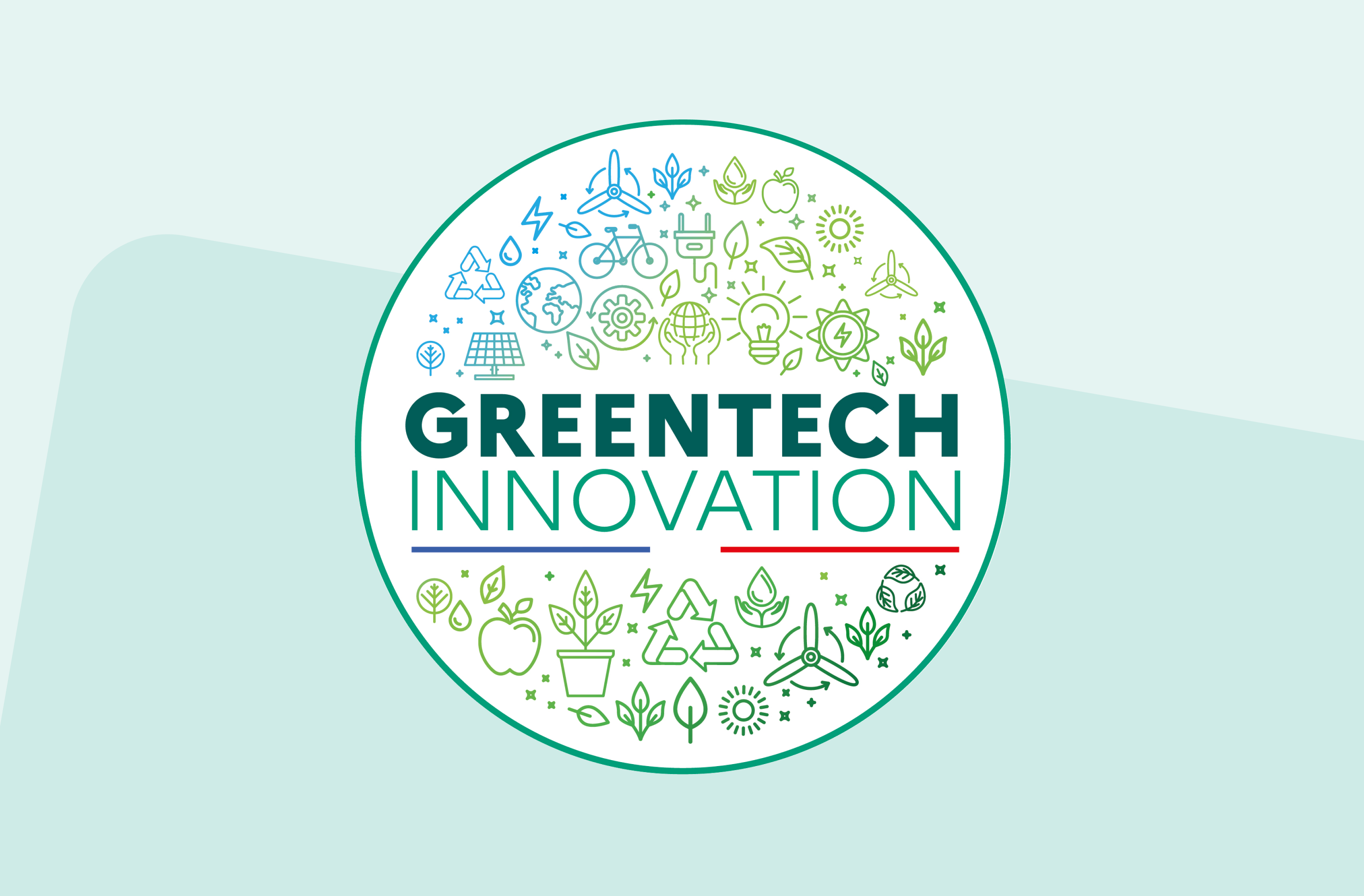Our 2022 carbon footprint

Discover our all-in-one solution
What exactly is the carbon balance?
The Carbon Balance® is a method of carbon accounting created in France in 2004 by ADEME and now supported by the Bilan Carbone Association (ABC).
The objective of a Carbon Balance® is to measure all the programs that are physically necessary to the activity of a company (we can talk about physical dependence on carbon), including its activities Upstream (supply, freight, etc.), of production and Downstream (distribution, use of products sold, etc.)..
Emissions are calculated by doing the Product of an activity data (physical or financial) by a Emission factor based on a reference database (carbon base, ADEME impact database, etc.):

What are scopes?
Scopes refer to the scope of GHG emissions from the Carbon Footprint, they are divided into 3 categories:
Scope 1 : direct emissions of GHGs, mainly due to the combustion of fossil fuels for heating or company vehicles.
Scope 2 : indirect emissions associated with the production of electricity and heat.
Scope 3 : all other indirect emissions in your value chain (travel, purchases, waste...). This Scope generally concentrates most of the emissions.
The Scopes are then broken down into 22 emission stations.

Is that a lot?
It depends! Comparing a company's total emissions is difficult; they are all different. What we can compare are carbon intensities and the evolution of this carbon balance in relation to objectives or other companies.
Benchmark
Economic Intensity
Economic intensity is the ratio of your Emissions of CO2e by your turnover over the reference year.
It allows compare your overall carbon performance to those of other companies in your sector, by cancelling the turnover effect. The distribution by position makes it possible to identify where this position comes from.
The comparison data are taken from the Sami customer base and the Carbon Disclosure Project (CDP) on the specified sector.
This intensity is calculated on all workstations.

Synthesis evolution
Collaborative intensity is the ratio of Emissions linked to your coworkers through Average headcount over the year. It therefore only concerns certain positions, namely: travel, meals, computer products, office and remote work. The average workforce is measured in full-time equivalent (FTE).
It allows you to compare your carbon performance for employees to that of other companies, by cancelling the headcount difference effect. The distribution by position makes it possible to identify where this position comes from.
The comparison data are taken from the Sami customer base across all sectors.

Act, yes! But how?
The footprint of our company is not much compared to Renault, Amazon or Facebook, that's for sure.
This does not mean that you should minimize the importance of your room for manoeuvre: faced with the climate challenge, businesses, governments and citizens must each Do their part.
What is the Net Zero Initiative?
For limit the increase in temperatures to +1.5°C compared to the pre-industrial period, climate science requires us to achieve a balance between global emissions and global CO2 removals, at the latest in 2050. This balance is called global carbon neutrality, or “zero net emissions.”
To reach the Net zero, the two levers to be activated on a global and national scale are reduction of emissions and the increase of carbon sinks.
.webp)






